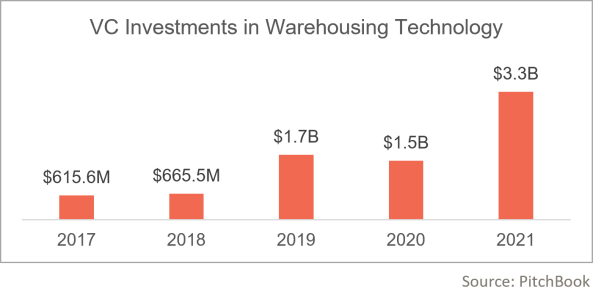February 2022 — By Nate Shepherd
Looking to 2022, shippers will face new concerns that will impact plans to trim cargo backlog. On the heels of the worst port congestion in history, the private shippers that operate West Coast ports are slated to talk with the International Longshore and Warehouse Union regarding the expiration of ~20,000 dockworkers’ contracts this summer. Historically, the negotiations, taking place every six years, have led to significant labor disruptions and shipping delays. Additionally, China will deal a few more blows to global supply chains this year amid its zero-COVID policy and imposed factory shutdowns for the Beijing Winter Olympics.
Experts remain bearish on the timeline for resolving existing supply chain challenges due to the severity and length of the bottlenecks. According to Alan Murphy of Sea-Intelligence, “Once the port congestion is unclogged, we have a massive amount of retail inventory restocking goods to move, that have not been moving at the present freight rates. The latest U.S. Census Bureau data shows no signs that we’re seeing any slowdown in US consumer spending on durable goods, so we're maintaining our outlook that we will continue to see a shortage of supply throughout 2022, with a possible resolution in 2023.” (1)
As supply chain concerns mount, organizations are diversifying suppliers, investing in technology to enhance network optimization, and reshoring operations to improve stability and visibility. Companies are also using acquisitions as a vehicle to minimize capacity constraints and alleviate supply chain pressures, as opposed to recreating the wheel internally. Recent examples include the following:
Notable Supply Chain Investment Trends

Venture investments have accelerated as investors respond to the intensified need for automation and digitalization to strengthen supply chains. Investors are targeting companies that offer solutions to managing warehouses, matching freight loads to transportation capacity, and mapping out cost-effective routes to move goods.(2)
Sources: